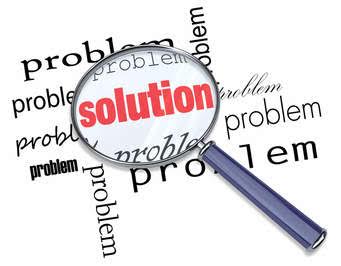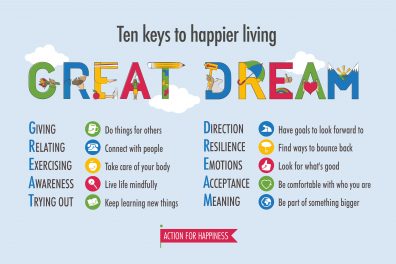By John Tschohl
Companies may not be able to prevent all problems but they can learn to recover from them. A good recovery can turn angry, frustrated customers into loyal ones. It can, in fact, create more goodwill than if things had gone smoothly in the first place.
Opportunities for service recovery are numerous. If you are close to the customer and discover a problem, it’s your chance to go beyond the call of duty and win a customer for life.
Service Recovery. The surest way to recover from service mishaps is for workers on the front line to identify and solve the customer’s problem.
Stew Leonard’s located in Norwalk, Connecticut, renowned for its service, has a suggestion box. One evening at about 6 p.m., Stew Leonard, Jr. found a complaint written by a customer just a half-hour earlier. “I made a special stop on my way home from work to buy chicken breasts for dinner, but you’re sold out. Now I’ll have to eat a frozen dinner instead”.
As Leonard was reading the complaint, a Perdue chicken truck happened to pull up to the store’s loading dock. Within minutes, someone was heading off to the frustrated customer’s house with a complimentary two-pound package of fresh chicken breasts. Problem solved.
Mistreating customers can have a devastating effect on your business. Following is an excerpt from a Harvard Business Review article: John, a 30-year customer of a bank in Spokane, Washington, parked his car in a lot owned by the bank while he did business across the street.
An attendant told him he could get the parking validated if he did business at the bank, which was not his usual branch. John cashed a check, but was refused the validation because he had not made a deposit. He explained to the receptionist that he was a long-time customer. She was unmoved. He then explained the situation to the branch manager, to no avail.
The customer paid for the parking, but he was so steamed that he drove 40 blocks to explain the incident to his usual banker. He said if he didn’t receive a phone call by the end of the day, he would close all his accounts. The call never came, so he made his first withdrawal of $1 million. Needless to say, the bank executives were embarrassed and worked hard to persuade the customer to give the bank another chance.
Empowerment is the backbone of service recovery. I have stated in my books and in my seminars that it’s impossible to be a service leader, to be customer centric and focus on a service strategy without empowering employees.
My definition of empowerment is giving employees the authority to do whatever it takes, on the spot, to take care of a customer to that customer’s satisfaction—not to the organization’s satisfaction.
Create a Service Recovery Process. Too many executives think employees are born with good customer service skills. It’s important to develop a process that allows employees some latitude in serving the customer that also includes specifically defined steps that must be followed in providing service recovery.
Doing so requires decision making and rule breaking—exactly what the employee has been conditioned against. Workers have been taught that it’s not their job to alter the routine. Even if they’d like to help the customer, they are frustrated by the fact that they are not able to do it. Worse yet, they don’t know how.
Train employees. Service recovery not only builds customer loyalty, it draws more customers to a business.
Tips for Providing Quality Service Recovery:
- Act Quickly. The employee at the point of contact best implements service recovery. Avoid moving problems and complaints up the chain of command.
- Take Responsibility. Don’t place blame, make excuses or lie to cover a mistake. Sincerely apologize and thank the customer for pointing out the problem.
- Be Empowered. Give those who work with customers the authority to do whatever it takes to ensure customer loyalty.
- Give the customer something of value. Every organization has something of value it can give to a customer who has experienced a problem.
Remember, you are your brand and every customer experience either weakens or strengthens that brand.
I repeat…. “It may not be your fault, but it is your problem”—John Tschohl
 John Tschohl is an international service strategist and speaker. He is founder and president of the Service Quality Institute in Minneapolis, Minnesota. Described by Time and Entrepreneur magazines as a customer service guru. He has written the world’s most widely used training program on service recovery and book called Loyal for Life. The Service Quality Institute (http://www.customer-service.com) has developed more than 26 customer service training programs that have been distributed and presented throughout the world. John’s monthly strategic newsletter is available online at no charge. He can also be reached on Facebook, LinkedIn and Twitter.
John Tschohl is an international service strategist and speaker. He is founder and president of the Service Quality Institute in Minneapolis, Minnesota. Described by Time and Entrepreneur magazines as a customer service guru. He has written the world’s most widely used training program on service recovery and book called Loyal for Life. The Service Quality Institute (http://www.customer-service.com) has developed more than 26 customer service training programs that have been distributed and presented throughout the world. John’s monthly strategic newsletter is available online at no charge. He can also be reached on Facebook, LinkedIn and Twitter.







